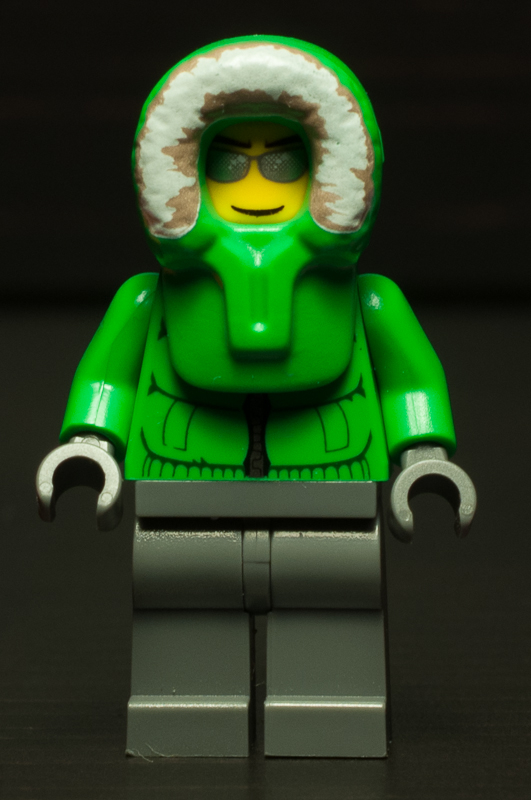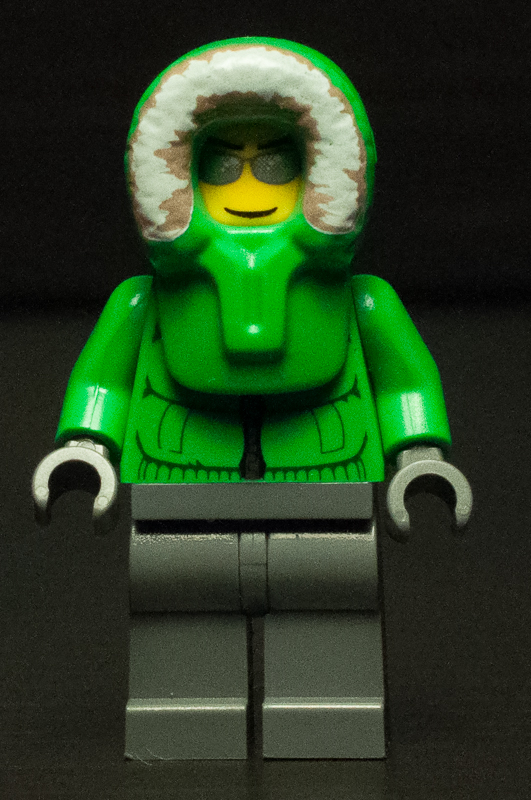ISO in photography, is the measure of the camera sensor’s sensitivity of light and is the acronym for the International Organization for Standardization. In older film cameras, ISO was also known as ASA (American Standards Association) but is no longer used when talking about photography with digital sensors.
On your camera, your ISO can range from anywhere between ISO 50 to as high as ISO 25600. The higher the number the more sensitive your camera is to light. The more sensitive to light your camera is, the better it will be with taking photos in low light situations. Most camera will have an ISO range of about ISO 100 to ISO 3200. More expensive, professional level cameras will have more sensitive sensors, thus allowing for much higher ISO, such as the ISO 25600, I mentioned earlier.
Why is ISO Important?
Visual “noise”! Visual “noise” is that grainy look that your photos get when taking photos with little or low light conditions. It is usually noticeable in the dark or shadow areas of your image. When not used as a creative effect, noise generally destroys details in your image and may also limit how much you can enlarge an image before the noise becomes a problem.
Visual noise is typically seen when using higher sensitivity settings. Cameras allow for higher ISO settings by amplifying the original electronic signal, and in doing so, any background noise present in that signal is multiplied along with the image information. The images below show the effects of low ISO versus high ISO. The first image was taken with a DSLR using an ISO setting of ISO 200. The second image, was taken with the same camera set to it’s highest ISO of ISO 3200. Notice all the noise in the second shot compared to the first image.

Shot with ISO 200

Shot with ISO 3200
When To Adjust Your ISO
If I’m shooting a subject, such as landscapes, I will generally select a low ISO and use a tripod. Using the low ISO will require a slower shutter speed and a handheld shot using a slow shutter speed will introduce unwanted blur in my image.
On the other hand, if I am shooting a subject, such as people, some sort of action or something indoors, a higher ISO will allow for quicker shutter speeds to capture the action, but will have a greater chance of noise being introduced into your image.
ISO is typically something that I set as I’m preparing for my day. While out in the field, I will set my ISO at the beginning of my outing and for the most part it can stay at that setting. I may change it during the day as it become brighter (or darker).
Out of the three points of the Exposure Triangle, the ISO setting will be less of a factor than the aperture or shutter speed settings.